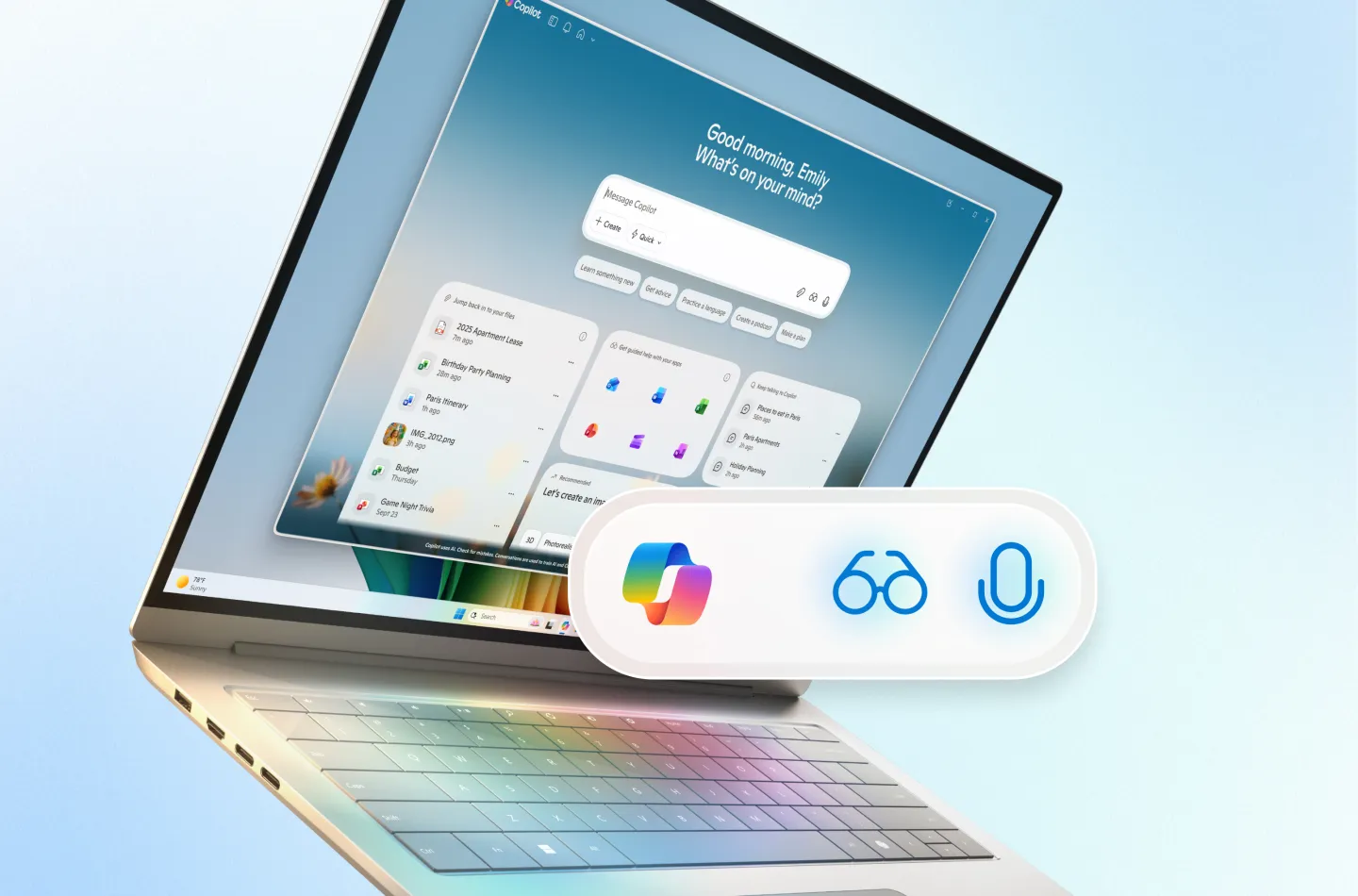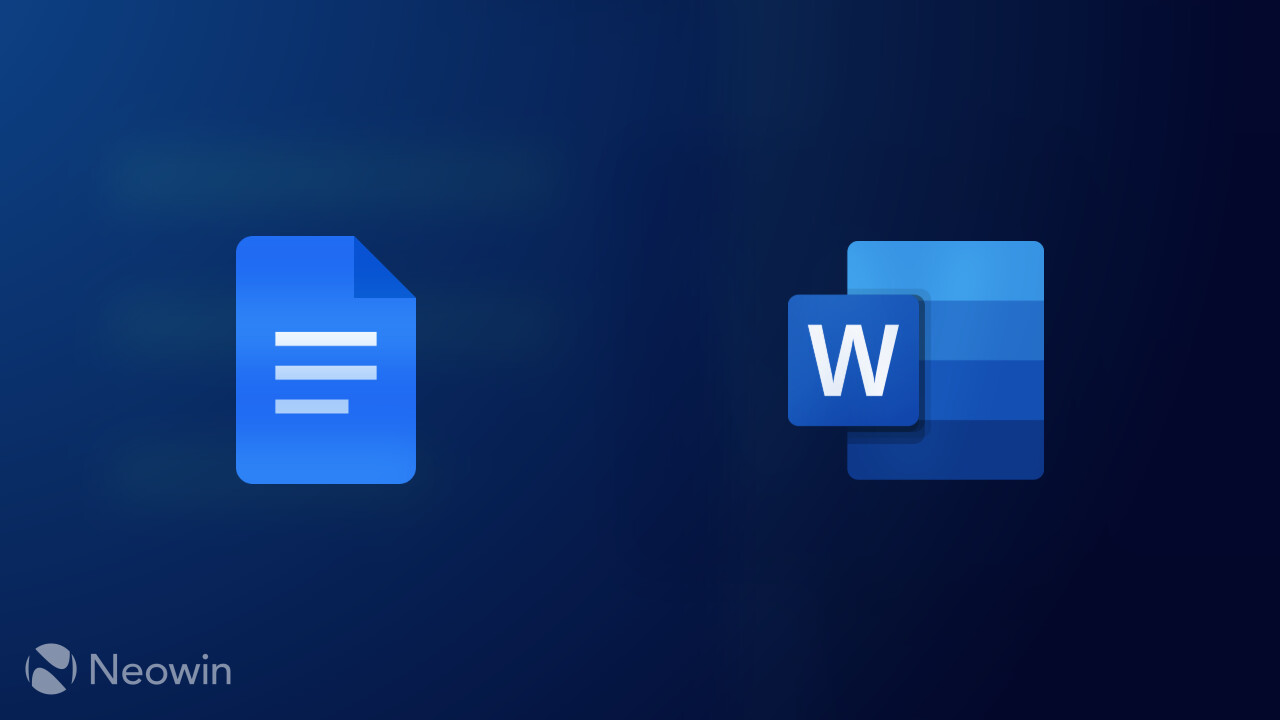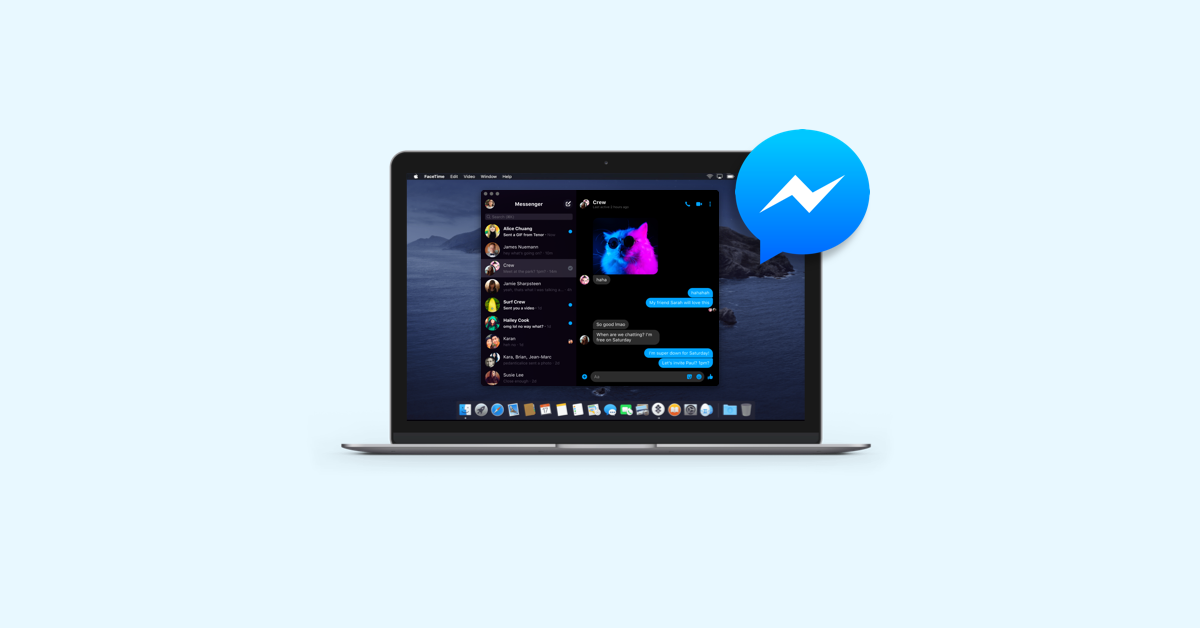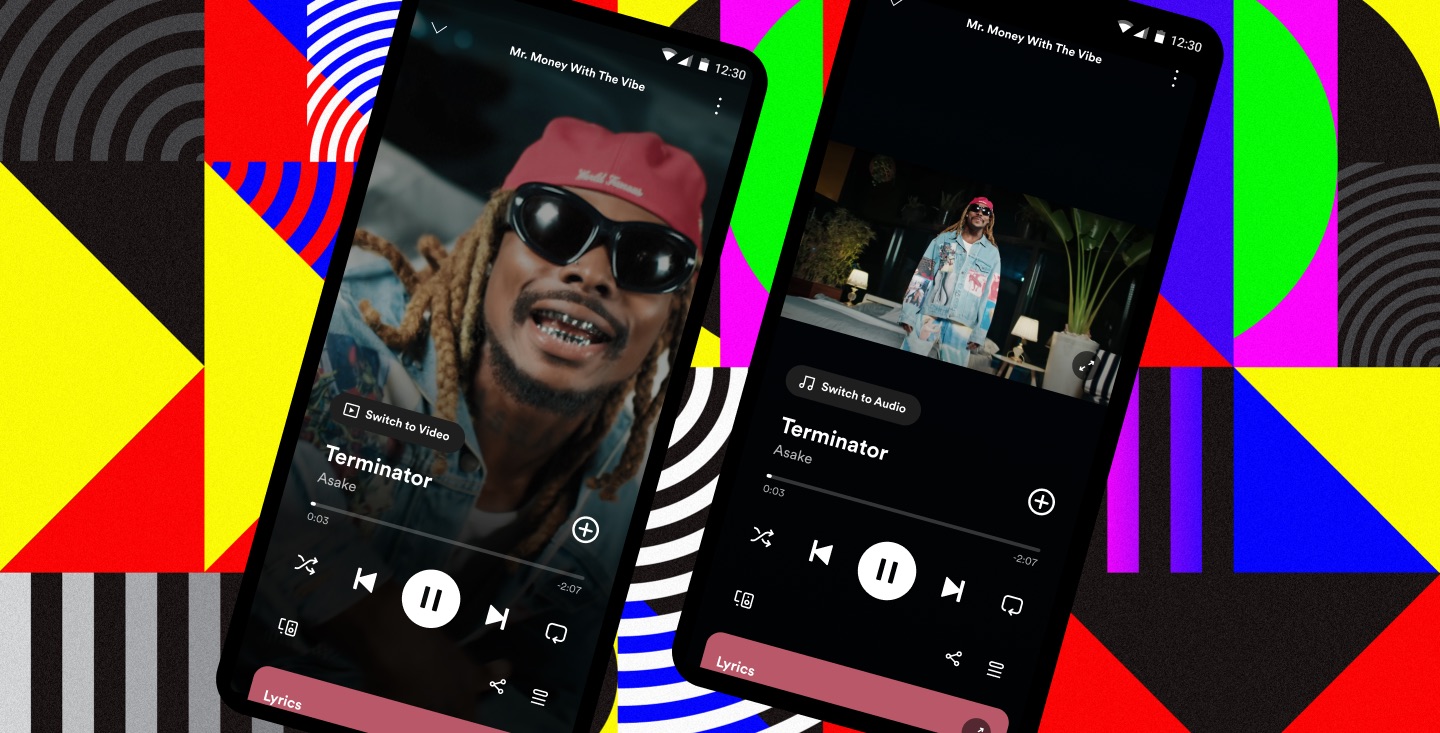Microsoft is taking a bold step toward reshaping how people interact with their computers, moving beyond traditional input methods like keyboards and mice. As Windows 10 reaches its official end of support and the company approaches four decades of its flagship operating system, Microsoft is positioning Windows 11 as the foundation for what it calls the “AI PC.” Rather than unveiling a brand-new version, it’s rebuilding the operating system around artificial intelligence, with Copilot at the center of the experience.
The idea is simple but ambitious: instead of users clicking through menus or typing commands, they’ll be able to talk to their computers and have AI perform tasks on their behalf. “Hey, Copilot” will serve as the new voice command to activate the assistant, which can listen, respond, and execute actions in real time. Yusuf Mehdi, Microsoft’s consumer chief marketing officer, described this as the next evolution of computing—one where the PC behaves less like a static tool and more like a digital partner.
Central to this transformation are two features, Copilot Vision and Copilot Actions. Copilot Vision lets the AI “see” what’s on the user’s screen—analyzing text, images, or open apps—to offer direct help or explanations. It can walk users through software steps, answer questions about documents, or assist with creative tasks. The feature is strictly opt-in, operating like a screen-share rather than a constant recording. Meanwhile, Copilot Actions allows the AI to take control of certain repetitive tasks, such as sorting files, adjusting settings, or editing groups of photos. Microsoft is still testing this feature in controlled previews to minimize errors and ensure user privacy.
The company’s new approach is clearly influenced by its past missteps. Cortana, the voice assistant bundled with Windows 10, never gained mainstream traction, and privacy controversies around the Recall feature left many skeptical about giving Microsoft more access to their data. This time, the company is emphasizing user control and transparency, describing the rollout as gradual and optional.
Still, questions linger about whether people will truly want to “talk to” their PCs. Voice control has long been more of a novelty than a necessity, though Microsoft points to trends in accessibility and professional transcription as evidence that habits can shift. The company argues that as AI grows more capable, users will find it natural to delegate tasks to their computers.
The initiative arrives alongside a marketing campaign that encourages users to upgrade to Windows 11 under the tagline “Meet the computer you can talk to.” It’s an attempt to define the next era of Windows not as a version update, but as a reinvention of the personal computer itself—one where the interface listens, looks, and acts. Whether that vision feels intuitive or intrusive will depend on how successfully Microsoft can balance automation with human trust.







